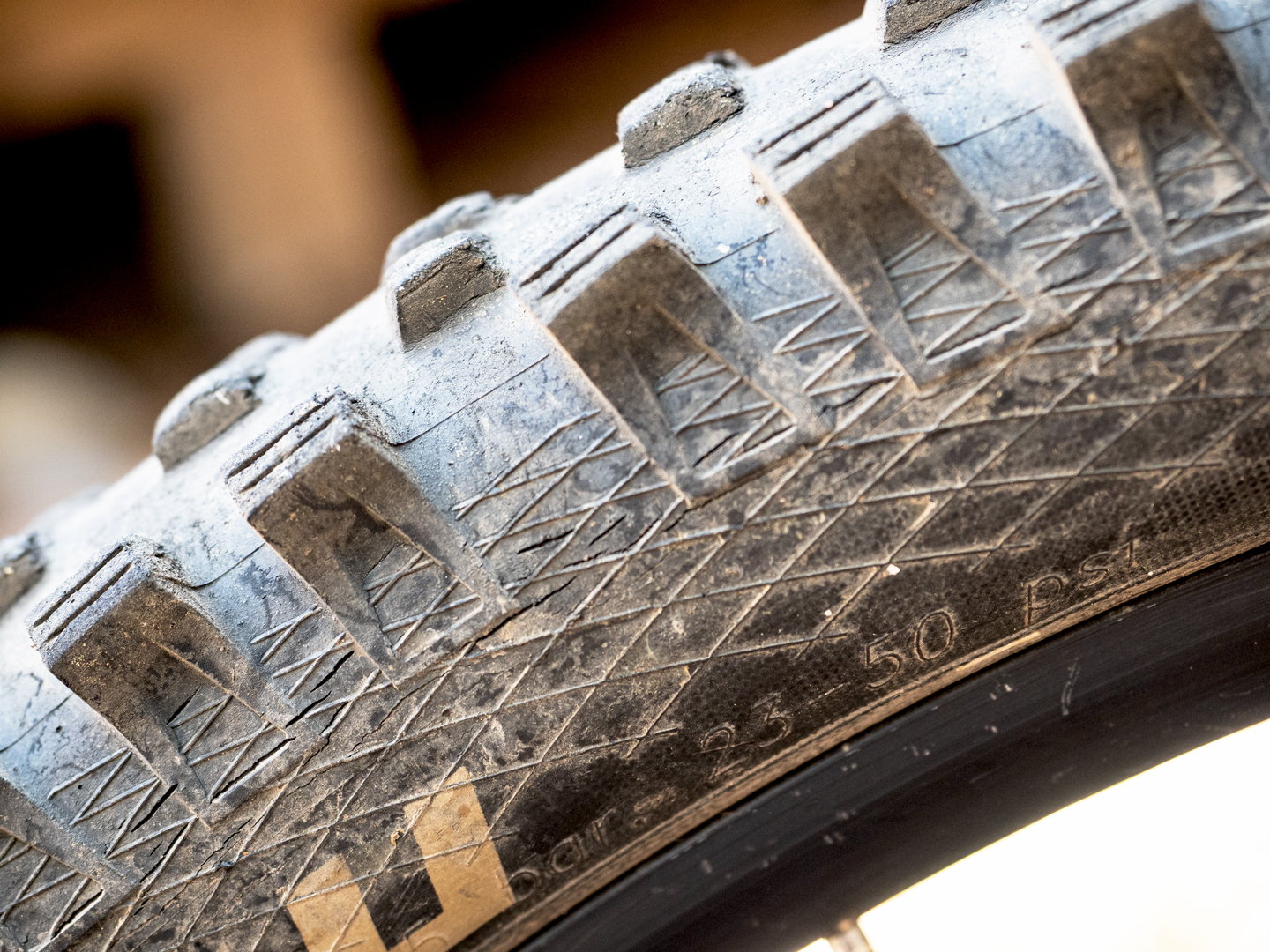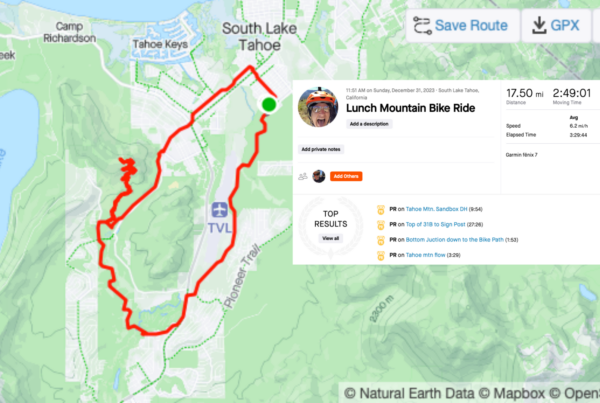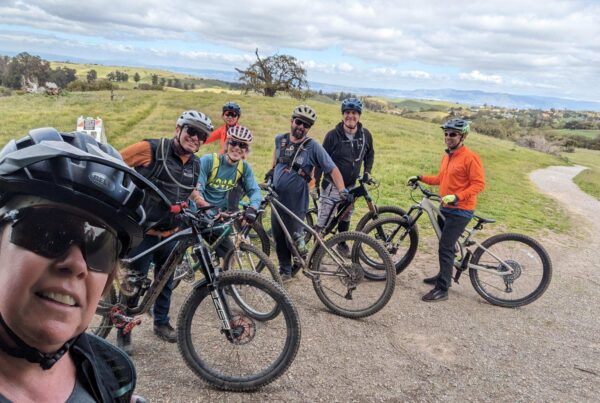We’ve all read the recommended pressure stamped on the sidewalls of tires. It’s a good idea to keep the tires on your motorized vehicle within those levels for better gas mileage and handling. But just like 4×4 off roading, mountain bikes should be run soft. The question is how soft? What’s the perfect mountain bike tire pressure?
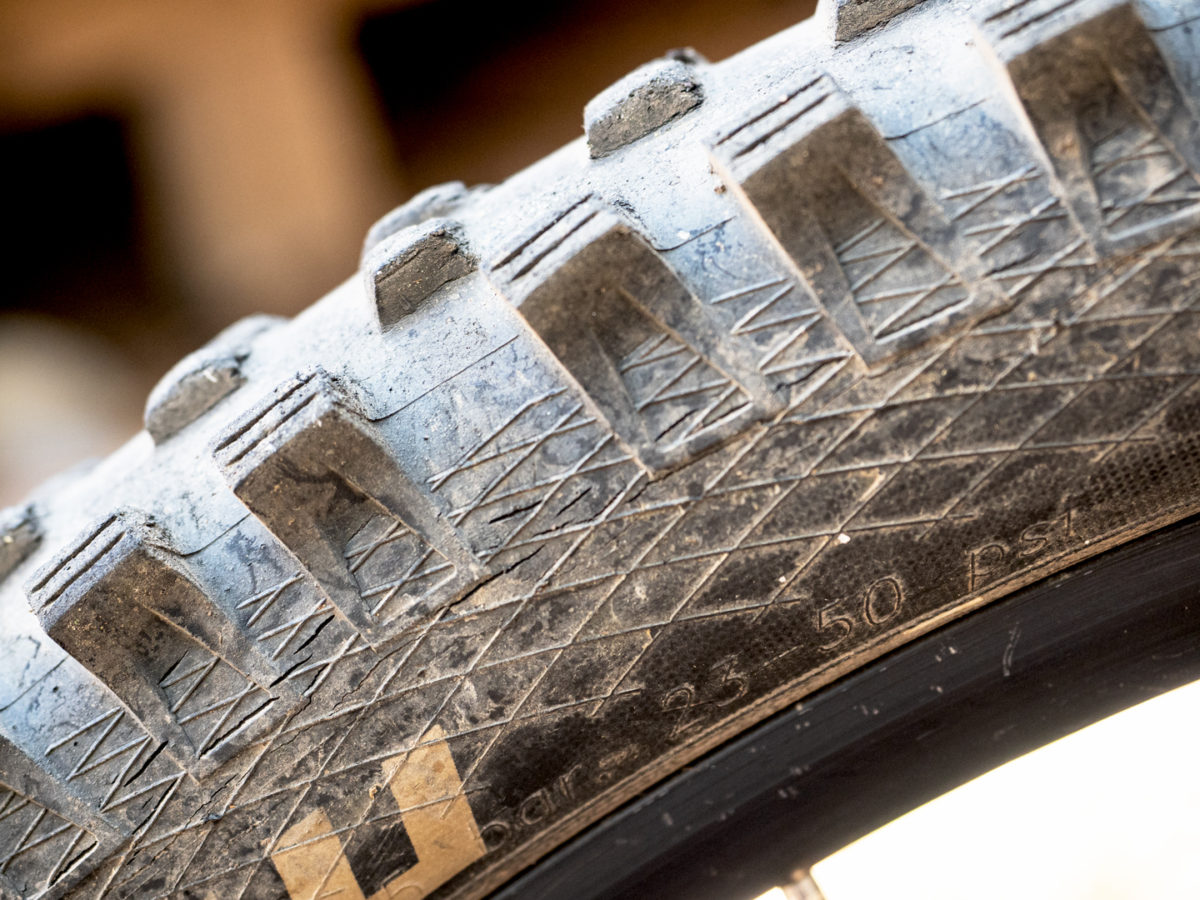
Less Is More… Why You Should Run A Low Tire Pressure
Before we go into finding the ideal tire pressure, you need to understand the importance of running a soft tire. First, you would think a firmer tire would mean less work. In fact, it’s the opposite! A tire that’s inflated too much actually makes pedaling harder on uneven dirt terrain because you’ll be bouncing around. A softer tire, on the other hand, can wrap around an obstacle or roll over small rocks creating a smoother more consistent ride… hence less effort.
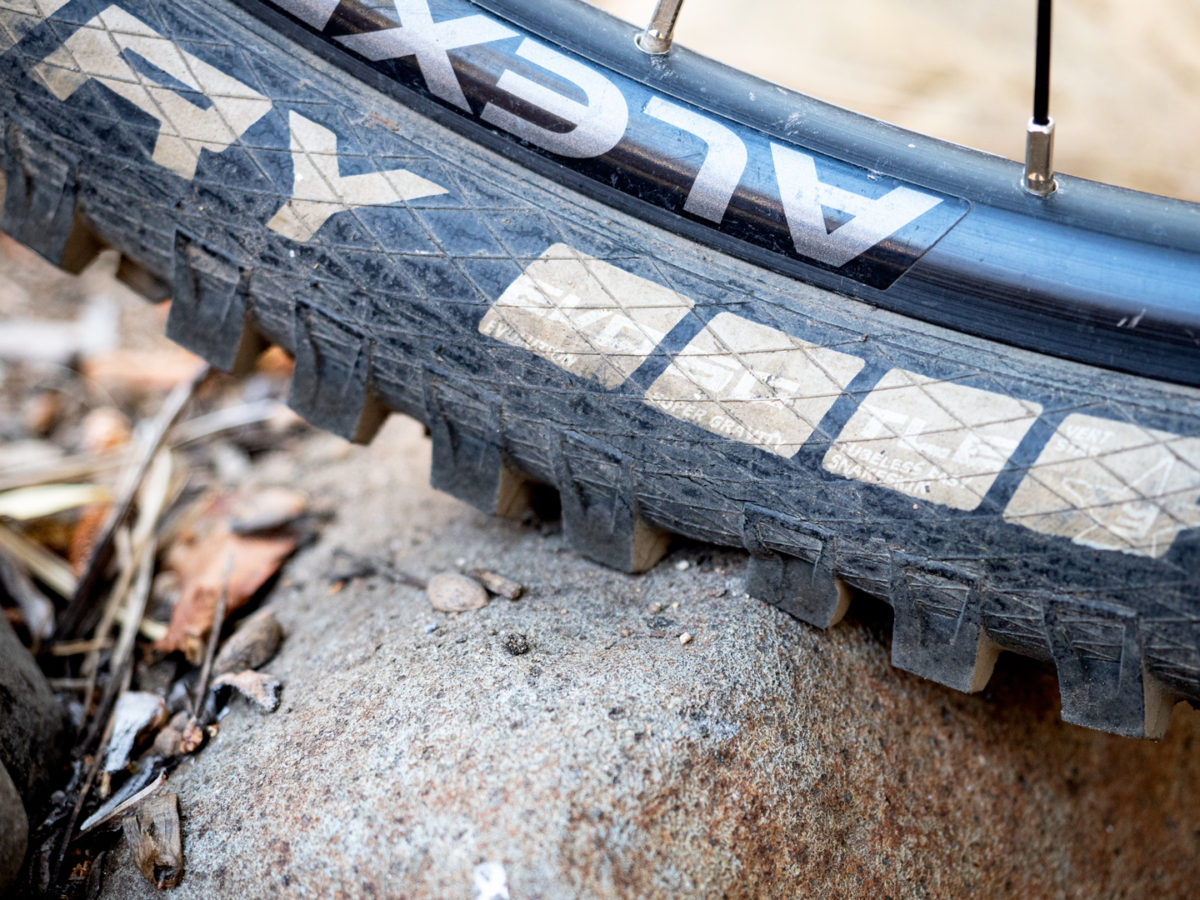
How To Figure Out The “Right” Tire Pressure For You
The basic rule of thumb is to ALWAYS ride less than what is written. The goal should be that when you’re on the bike, you want the tire to create a “square” base meaning the entire surface of the rubber is touching the ground. A good way to test if the tire is soft enough is by finding a curb and pushing into it. The tire should “wrap” around the obstacle but not to the point that your rim is hitting it.
Since most of your weight is near the rear wheel, you’ll want to ride with about 4 lbs. more tire pressure in that tire compared to the front. For those still a bit nervous about how soft to start, we suggest for a 27.5 inch tire with a tube to run 32 psi in the back and 28 psi in the front. For a tubeless tire, you can begin with 26 & 22 psi respectively. Finally, for those with a Plus bike, you can even go lower with 22 & 18 psi respectively. Simply put, the softer you can run ‘em, the better you’ll be.

Additional Things To Consider When Picking Your Mountain Bike Tire Pressure
Besides the basics above, there are some other factors to consider as well like rider weight, how aggressive you ride, & the type of terrain you’ll be hitting. If you’re the type of person that points it regardless of terrain, you’ll want to up the tire pressure. But, if you’re a person that rides more smoothly and always flows through obstacles like water, then it’s possible to ride on a lower tire pressure. Last but not least, consider the trail network you’ll be hitting that day. Is it going to be rocky, sandy or more tacky dirt? For flow trails or berm specific/park terrain with a lot of corners, it’s a good idea to increase that pressure.
We hope this helps you on the age-old question “What should I run my tire pressure at?” No matter what, be sure to ALWAYS check the tire pressure before a ride as part of a greater checklist. And of course, if you REALLY want to step up your game, join us for one of our clinics.

